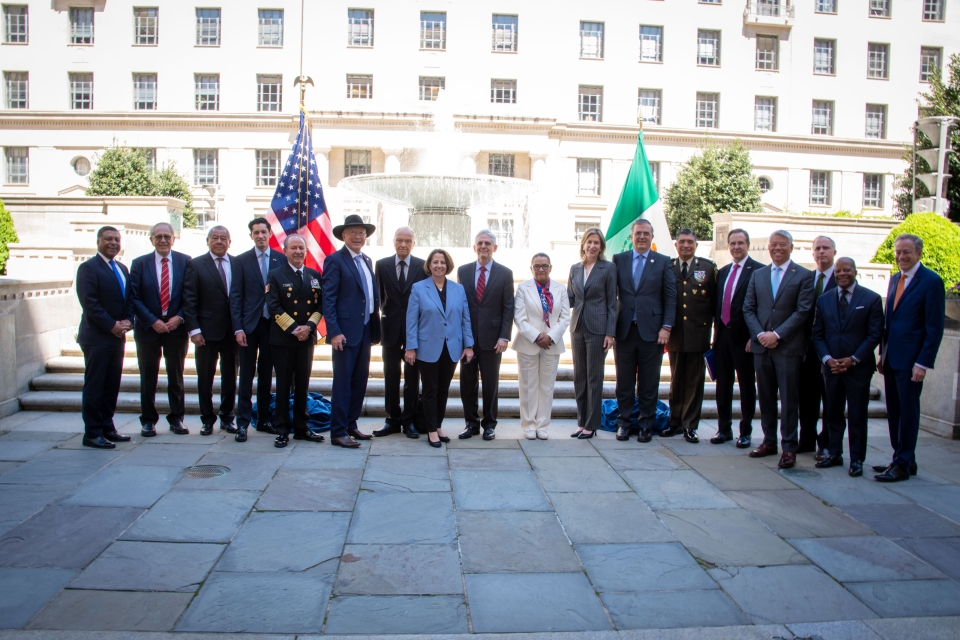12/20/11 – Recent reports from the Committee to Project Journalists (CPJ) and Al Jazeera document how Mexican journalists have become increasingly endangered and how Mexican cartels now fight over control of media in a newly named “Cartel PR War”. This battle has come at a price for citizens, security, and the free press in Mexico.
In a report released today by the Committee to Protect Journalists, Mexico ranked the third most dangerous country in the world, with three reported journalist deaths for 2011 in relation to their work. Unlike their fellow top listed countries – Libya, Pakistan, and Iraq – Mexico is not undergoing combat situations, but a silencing drug war that has resulted in a new type of journalistic homicide: retribution for social media reporting. While the majority of the other 43 reported journalist deaths worldwide for 2011 are for photography or video, Mexico is seeing a trend entirely different, the emergence of social media and narco blogs being targeted. Mexican reporter Maria Elizabeth Macias Castros’ decapitated body was left as a public warning in Nuevo Lardo earlier this year with a note warning about her involvement with reporting on cartel activity on a blog. Her murder was the first ever documented journalist killing related to social media.
CPJ has documented three journalist deaths in Mexico thus far and is openly investigating an additional four murders in Mexico to fit this classification. If the additional four are deemed homicides, Mexico would be moved to the number one spot on the CPJ list for most dangerous countries for journalists to work in, tied with Libya. As CPJ reported, “Mexican journalists continue to face a dark choice: Censor their own work or be at risk”. The grisly trends for Mexico extend outside of homicides; Mexico currently holds the CPJ’s number one spot for missing journalists, with 11 reported missing in the last decade and two of them from 2011 alone. All are feared dead.
In Al Jazeera‘s report, it is noted that Mexican drug cartels have taken to a highly active year in media messaging, with the use of internet graphic videos, public hangings and decapitations, and message banners left hanging from public highways. The newest addition to the grasp on Mexican media has been the cartel influence on news stations, with major crimes occurring in time to make breaking news. Activists against the violence have now been challenged to fight the cartels by taking back the control of the media. Young activists in Cuernavaca have taken to covering their bodies in “police line do not cross” tape in silent protests.
CPJ concludes that violence against journalists is largely due to instability. “In much of the Americas, the web of crime and official corruption, combined with a lack of effective law enforcement, makes the determination of a motive exceedingly difficult,” it reported
Sources:
“Mexican drug cartel’s PR war.” Al Jazeera English. December 20, 2011.




